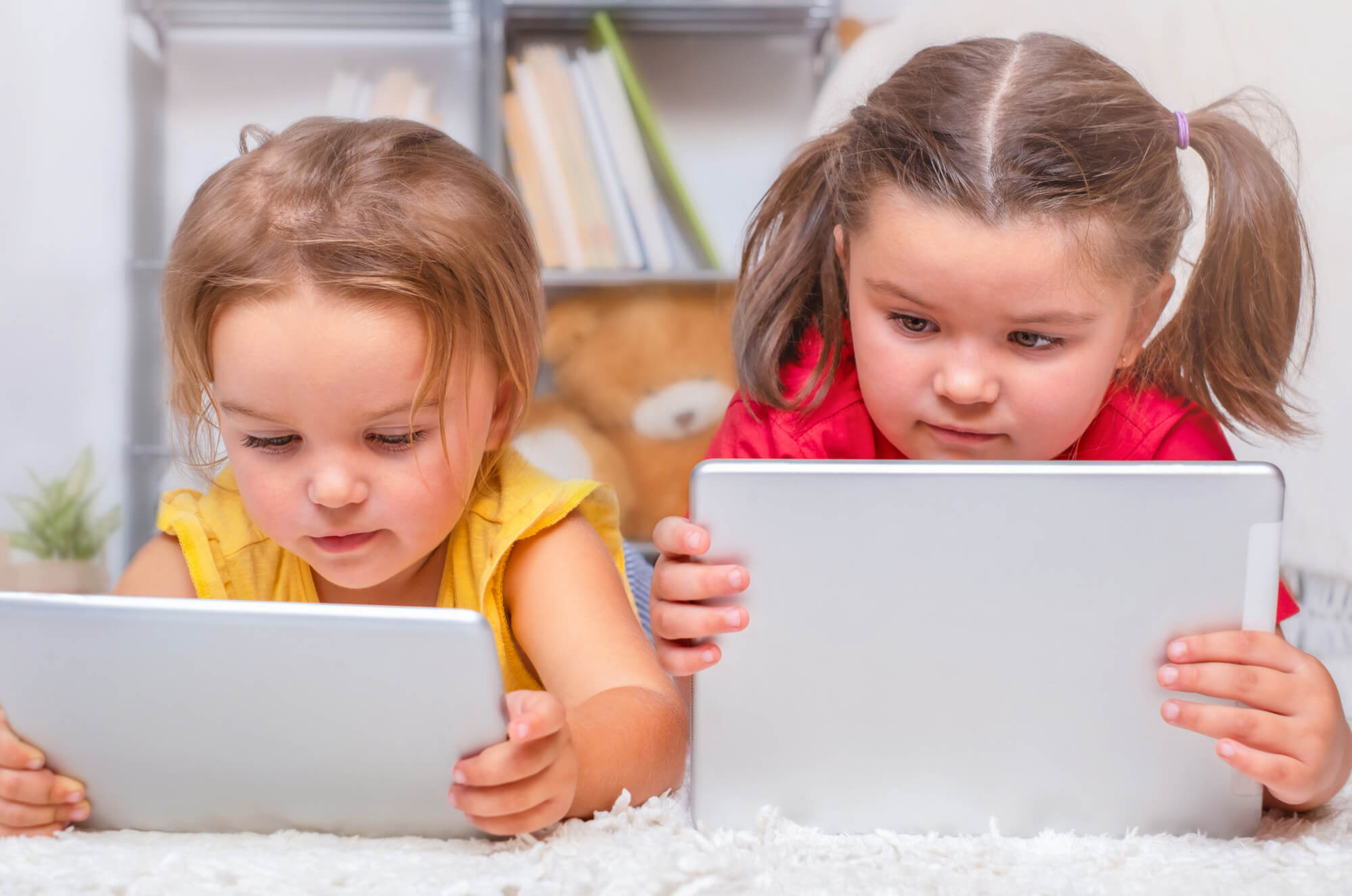Online Safety in Early Years Children

Over the past few years, something has quietly changed in how children experience the world: even the very youngest are now spending time online. Whether it’s a toddler tapping through a video app on a tablet, watching cartoons on a smart TV, or using a sibling’s phone, it seems that technology has become part of a child’s early life.
It’s easy to assume online safety only becomes relevant once children start using social media or when they get their first phone, but by this stage many already developed unhealthy online habits which can be hard to unpick. In fact, the foundations of digital literacy may begin long before most children enter formal education.
So, how early should we prioritise online safety? According to Ofcom’s 2024 report on children’s media habits, nearly 9 in 10 children aged 3 to 4 go online in some form, and around a third now have their own tablet. For many, YouTube is a daily staple. They may not yet understand what the internet is but they’re absorbing everything they see, and that includes exposure.
When considering online safety in general, our focus is often concentrated on the well-known risks such as cyberbullying, online predators and scams. Whilst we mustn't lose sight of such dangers, when considering digital safeguarding of early years children, we must also focus on how screen time affects their physical development and mental wellbeing.
Some common issues in the early years include:
- Poor screen habits, including excessive time online or lack of adult and peer interaction;
- Confusion between what is real and what is make-believe, which can affect how children process what they see;
- Being able to cope with what they see, from language to behaviour, often without context. As early years children have not developed the ability to rationalise context with the real world, if they see it or hear it, they believe it is real;
- Accidental access to inappropriate content, especially via autoplay or ads on video platforms.
The good news is that supporting online safety in early years doesn’t require complex policies or technical know-how. It starts with the everyday moments, how parents, teachers and other adults create and model a safe online culture.
Practical steps include:
- Talking about safety, kindness, and asking for help, generally and in online contexts;
- Limiting access to appropriate content before young children are exposed to it. This includes using technical safety precautions as well as adult review of content prior to children accessing it;
- Avoiding passive exposure. Prioritising time to talk about feelings after digital experiences;
- Model healthy tech use. Children model their behaviour on what they see so if adults are glued to screens, children will think this is the norm;
- Offer positive screen experiences, such as exploring age-appropriate apps or digital content together, not just as a solo activity;
- Include digital play in wider learning, using it alongside other tools, not as a reward or distraction.
Everything children learn about the online world in their early years will shape how they think and feel about it later. That includes how safe they feel, how much they trust adults to help, and developing the confidence and ability to challenge what they see.
It is important to build early digital literacy. The UK Education for a Connected World framework suggests that even in EYFS, children can begin developing basic digital awareness. At this stage, in addition to teaching children to stay safe online it is vital to develop their language skills, trust, to enable them to ask questions and explore the digital world safely.
Safeguarding digital literacy doesn’t begin at an identified age. It begins when a child is exposed to any online/ digital content.
SSS Learning
9 July 2025